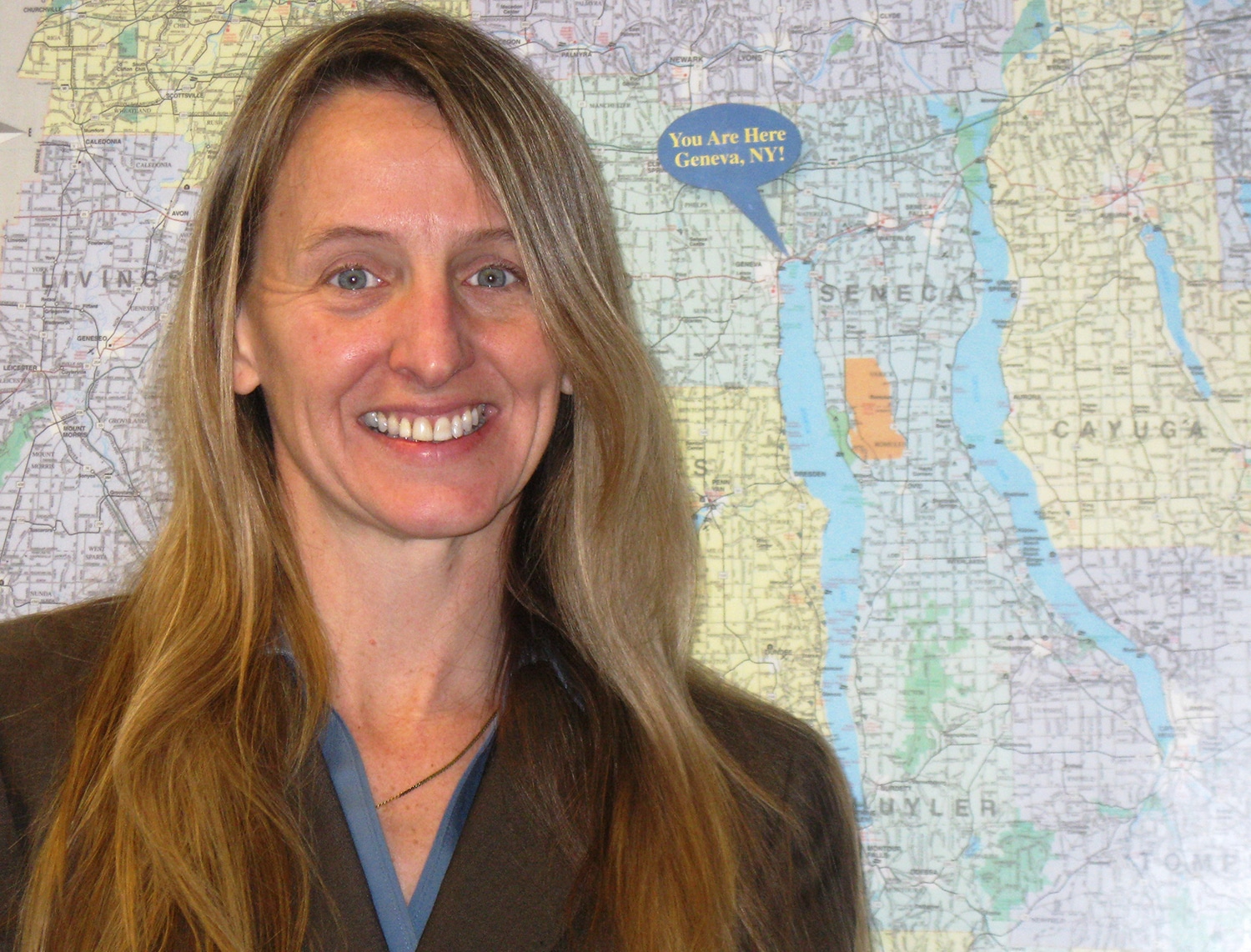Technology is a big part of successful farming. A pail and bucket are how dairy farmer Terri Phillips remembers milking cows at Dellavale Farm when she was a kid. Now machines are involved in the process and human hands never touch the milk. See how farmers are stepping up their game and using technology to help them manage the farm and care for animals, all while making milk.
Self-service milking!
It’s pretty cool to see cows getting milked on a carousel at Lamb and Oakfield Corners Dairy farms. Going a step further, there’s robotic milking. Stoney Path, Har-Go Farms, and River Ridge Dairy are using robotic milking systems. Cows are given free access to these systems 24 hours a day and choose when to be milked. Monitoring systems are used to make sure cows don’t come too often.
There’s an App for That
Part of the robotic milking technology collects data on each cow. Fifth generation farmer, Jason Tillotson, at Cottonwood Farms in New York State, uses an app that links him to the farm’s robotic laser milker, making it easier to keep track of how often a cow is milked.
Jason talks about the app in this Dairying for Tomorrow Award video about Cottonwood Farms.
Hi-Tech Trackers …
Technology for a new database management program at El-Vi Farms is helping the farm better track its cows. It works similarly to a grocery store checkout scanner in keeping track of inventory. Only this time, the electronic wand is used to scan cows. The recorded data gathered is synced to a computer and the records on each animal is made available to the farm’s veterinary and nutritionist.
… And Tractors
A century farm, Dellavale is making certain to keep up with the times and available technology. “Technology isn’t there to hurt people,” says Tom Nelson, Terri’s husband. “We still produce a high-quality product and what we do is safe,” he says, “technology just helps us do it more efficiently, like planting crops using tractors with GPS.”
Food for Thought
More farms are adopting the latest technology available to make sure cows are comfortable.
1. Feed pushing robot — automatically pushes feed up to the cows making sure they have a constant supply of food available to them.
2. Misting fans — set on variable speeds, misting fans adjust to changes in temperature so when it’s hotter in the summer, the fans blow faster.
3. Thermostat-controlled curtains — automatic curtains keep cows comfortable throughout winter. Cows thrive in cold air, so most farmers keep their barns between 50-55 degrees Fahrenheit. But when temperatures dip well below freezing, it’s curtains to the rescue!
Thanks to innovative practices, dairy farmers are stewards of the pasture and the farm-to-table movement, responsibly producing milk, cheese and other dairy products while continuously working to develop a more sustainable food system for future generations.
By 2050, farmers will be responsible for feeding 9 billion people. That’s no small task, but farmers are up for the challenge!





